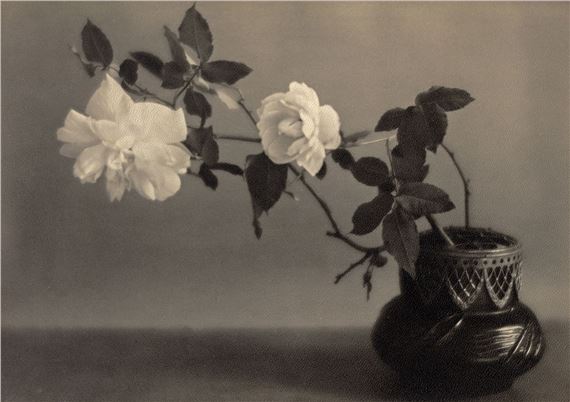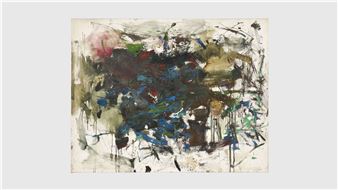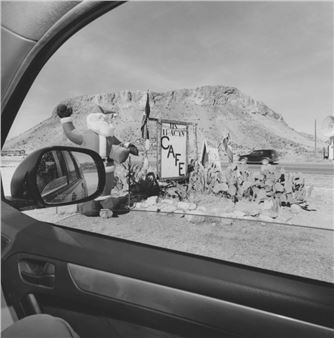Prewar Japanese American Pictorialism
The soft focus, warm tonality, and choice of subject matter all make Taizo Kato's photographs classic examples of Pictorialism, the movement which most defined fine art photography in the early 20th century. Photographers associated with the movement emphasized photography’s expressive potential over its documentary function, often by consciously adopting the look of painting.
In the 1920s and 30s, west coast cities like Los Angeles, San Francisco, and Seattle were home to a vibrant community of pictorialist photographers that centered around regional camera clubs and photography salons. At the same time, these west coast cities were also home to a rapidly growing population of Japanese immigrants. By the 1920s, an increasing number of these immigrants identified as Japanese Americans and forged a unique cultural identity in places like Los Angeles’s Little Tokyo neighborhood—it was in this context that a unique movement of Japanese American pictorialist photography emerged.
Taizo Kato’s still lifes and nature studies are classic examples of Japanese American Pictorialism. His painterly images are rendered in gauzy light and printed in warm tones on textured paper—all features that are emblematic of the movement. His Tree Study in Light and Shadow, circa 1920, depicts light beaming radiantly through a copse of trees. While a work like this shows the clear influence of 19th century painting, it also illustrates photography’s unique ability to expressively render light.
Taizo Kato’s picture Glass with Two White Roses evokes the elegant simplicity of a still life by the French painter Jean-Baptiste Chardin, both in the way that light glints off the side of the glass as well as the exquisite balance that’s achieved with just a handful of objects.

Recommended for you
The soft focus, warm tonality, and choice of subject matter all make Taizo Kato's photographs classic examples of Pictorialism, the movement which most defined fine art photography in the early 20th century. Photographers associated with the movement emphasized photography’s expressive potential over its documentary function, often by consciously adopting the look of painting.
In the 1920s and 30s, west coast cities like Los Angeles, San Francisco, and Seattle were home to a vibrant community of pictorialist photographers that centered around regional camera clubs and photography salons. At the same time, these west coast cities were also home to a rapidly growing population of Japanese immigrants. By the 1920s, an increasing number of these immigrants identified as Japanese Americans and forged a unique cultural identity in places like Los Angeles’s Little Tokyo neighborhood—it was in this context that a unique movement of Japanese American pictorialist photography emerged.
Taizo Kato’s still lifes and nature studies are classic examples of Japanese American Pictorialism. His painterly images are rendered in gauzy light and printed in warm tones on textured paper—all features that are emblematic of the movement. His Tree Study in Light and Shadow, circa 1920, depicts light beaming radiantly through a copse of trees. While a work like this shows the clear influence of 19th century painting, it also illustrates photography’s unique ability to expressively render light.
Taizo Kato’s picture Glass with Two White Roses evokes the elegant simplicity of a still life by the French painter Jean-Baptiste Chardin, both in the way that light glints off the side of the glass as well as the exquisite balance that’s achieved with just a handful of objects.
Contact details


 ARTISTS
ARTISTS














